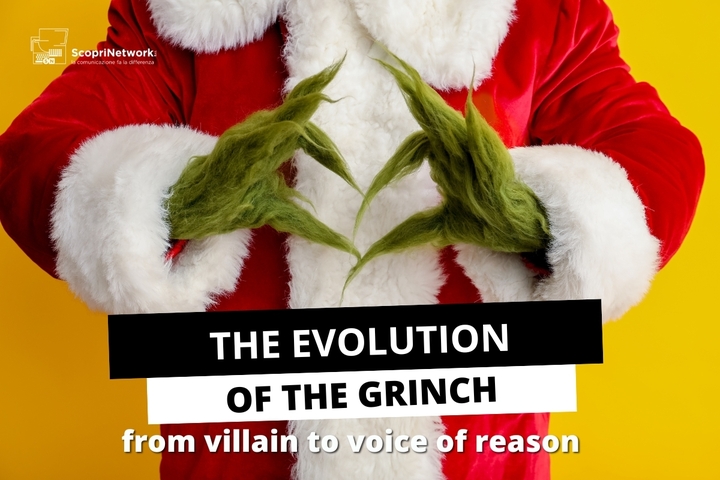Did you know “OK” was an abbreviation just like “LOL” or “OMG”? Modern communication often resembles ancient hieroglyphs more than it does any other form of writing. Although GIFS, memes and emojis are almost exclusively served for digital communication, one modern technique has seemingly transcended written media: word abbreviations. Short-hands like “LOL” (laugh out loud), “ASAP” (as soon as possible), and “FYI” (for your information) have become common in people’s day-to-day speech. But how did we get here and when can this trend be traced back to?
“OK”: the proto-LOL
Contrary to the words listed above, “OK” has a bizarre history, predating not only digital technology, but Rock and Roll music, automobiles and even the lightbulb. In fact, the initials “O.K.” date back to March 23, 1839. Appearing on the pages of The Boston Morning Post, the original meaning of “OK” is a slang misspelling of the expression “all correct”: “oll korrect”, hence “O.K.”.
According to historians, American educated youth would, in the late 1830’s, enjoy purposely misspelling expressions such as: “kewl” instead of “cool”; “DZ” instead of “these”; and “oll wright” (or “OW”) instead of “all right” to name a few. However, nobody could have imagined the incredible staying-power of “OK”. It has gone from a small American inside joke to being used in most languages across the world; it’s meaning, now, universal.
“OK” can, perhaps, be considered the first abbreviation in modern communication, one that has taken on a life of its own, making the very spelling of it an independent word, the meaning of which is no longer the expression it was meant to stand for. A similar case can be found with the much more modern term: “LOL”.
The rise of digital shortcuts
When the internet began allowing people to communicate via text, a new form of communication was born. Compared to a letter, digital communication could arrive immediately and be used for short, informal conversations. This led to the use of numbers and acronyms to simplify and quickly communicate a message; for example, instead of spelling out “great to see you. laughing out loud” one could simply text “gr8 2 c u. LOL”. Numbers were especially useful in the early days of SMS messages, when keyboards were small and required people to circle through letters before reaching the one they needed. Today keyboards are far easier to navigate and the use of numbers in words such as “gr8” has fizzled out. However, abbreviations like “LOL” have become more and more popular to the point that many understand their meaning without knowing what they actually stand for.
Communication seems to be going more and more in the direction of abbreviations and acronyms. In the business world, words like “B2B” (“business to business”) or “F2F” (“face to face”), and “ROI” (“return on investment”) are commonplace and often used in spoken conversations, rather than being exclusively reserved for the written text.
The proliferation of the internet has brought with it a slew of new abbreviations, some simple such as “FR” (“for real”) and “SM” (“so much”). Others, however, have a specific cultural meaning, such as “YOLO” (“you only live once”) a way of fearlessly facing something, and “FOMO” (“fear of missing out”) that depicts the dread of not being present for something fun, even if the activity doesn’t sound particularly appealing.
From the “OK” generation of 1830 to the “LOL” generation of 2020
It’s funny how older generations will point at laugh and young people’s “funny” way of speaking, but everyone was young once and abbreviations have been used far before the internet came to being. Communication changes, the same way people change, and language shouldn’t be treated like a beast in captivity, it should be free to transform and experiment. Modern business practices seem to have become aware of this and, by embracing abbreviations in communication, companies are able to better reach and connect with both employees and customers.





